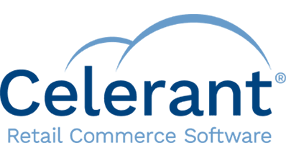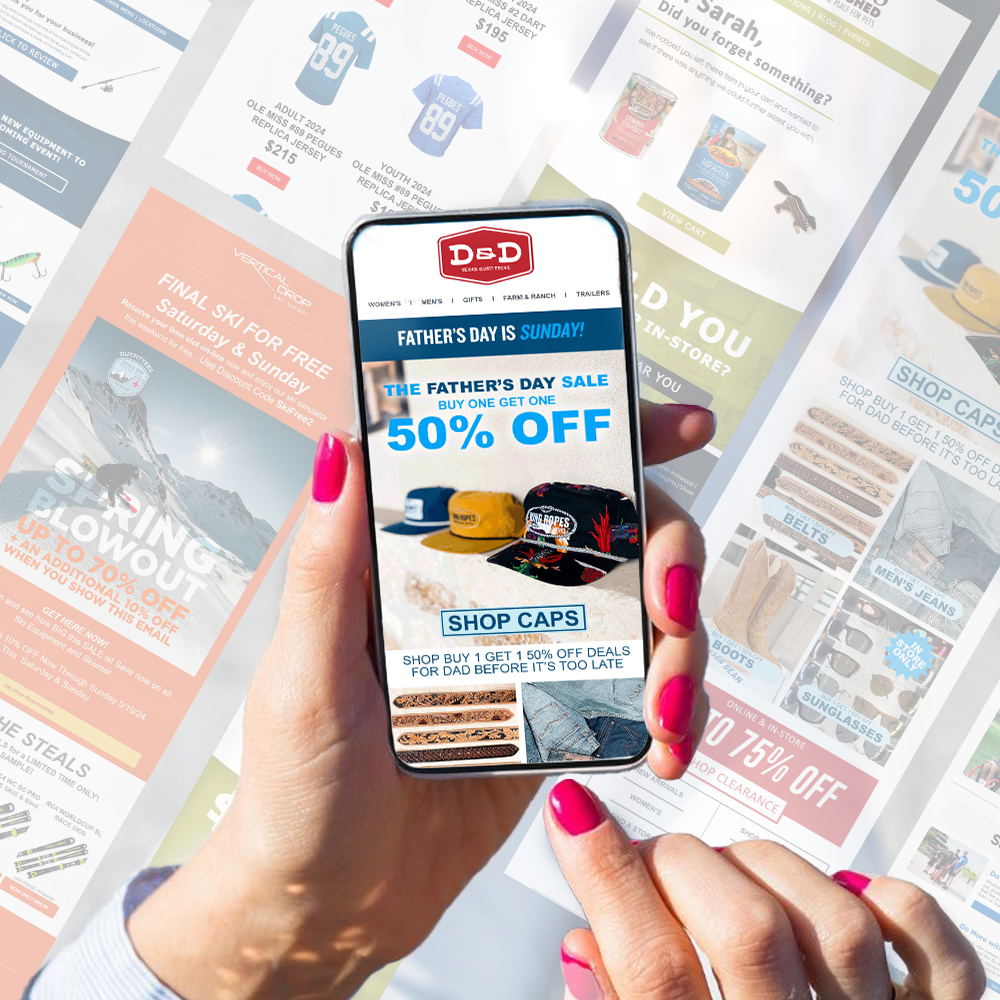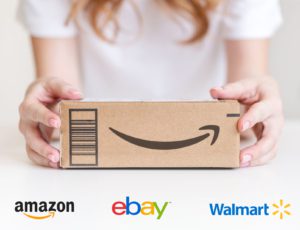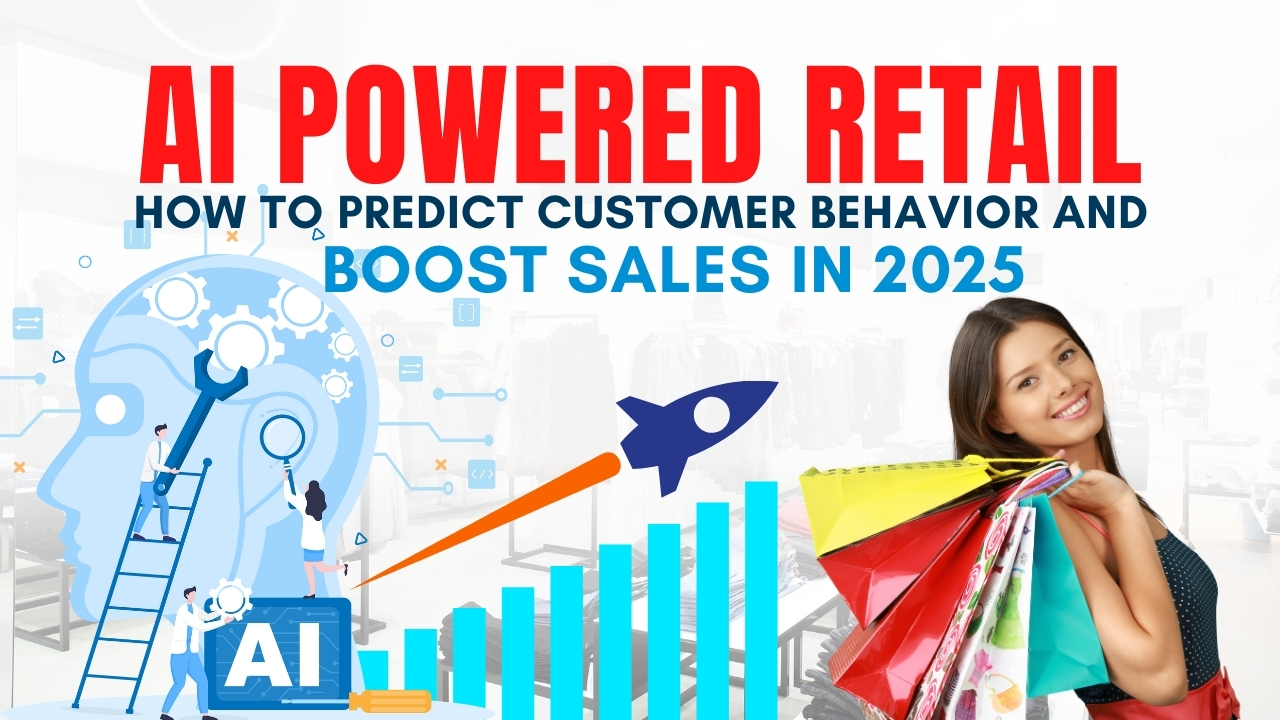Blog

Automate Your Retail Business and Operate More Effectively
If you came across this article then, like most retailers, you’re always searching for different ways to automate your retail business and operate more efficiently. Especially if this will help grow the company sales, right? Below are 5 processes that you can simply automate, and you don’t have to be a programmer to do so.
We understand not all retail software offers all the features listed below. Before investing in a 3rd party software, make sure your point of sale provider can integrate.
1.) Integrate with Distributors and Vendors
With this type of integration, you can easily import your vendor’s product catalogs into your retail database, with no manual effort. After that, you will be able to generate and send purchase orders automatically to your suppliers based on predefined minimum and maximum stock levels to replenish your in-store inventory. You can then receive purchases order acknowledgments back from your vendors, and also Advanced Ship Notices (ASN’s) before the shipment arrives, as opposed to having to scan every item that is in the shipment and not knowing what should be included.
For your online sales, ask your vendor if they offer drop shipping and if they do ask your eCommerce provider if they can integrate with your vendors. If so, you can pull your vendors available inventory levels from their warehouse onto your website and sell their merchandise as if it were your own. By enabling drop ship, you can sell more products on your website and offload fulfillment to your vendors, speeding up delivery and saving you time.
2.) Integrate with Accounting Software
By integrating your POS and accounting software (i.e., Sage, QuickBooks, Microsoft Dynamics, Great Plains), syncing sales totals can be done automatically, cost of goods sold and payments for easy reconciliation- eliminating manual data entry and human error. Also, you can learn how to create and send smart invoices through QuickBooks.
3.) Integrate Promotional Email Campaigns with Your Customer and Sales Data
Integrate your email marketing tool with your retail software and use its CRM and sales data, from both your in-store as well online businesses to segment and automate personalized emails to consumers based on their shopping behavior, past purchases, brand preferences and demographics. (Example: send a 10% coupon for a scarf to customers who recently purchased the matching hat/gloves.)
By creating automated workflows based on specific behaviors, you can continuously market to your customers, based on their specific preferences and actions, without any ongoing effort. The process will flow automatically once a certain purchase is made or action is taken. Personalized email marketing has been known to produce up to 6x times more success than sending out generic mass emails to your entire customer list.
4.) Automate Abandoned Cart Emails
Don’t allow the shoppers with items in-cart to slip away. Create an automated marketing campaign consisting of emails, popups and chatbots that offer discounts, free shipping, product reviews or links to products that are similar to entice your shoppers to complete their online order and buy from your website; the more web searches which end in conversions, they higher you will ultimately rank on search engines for your applicable keywords. And, of course, more conversions means more revenue.
5.) Sell Your Products Via Online Marketplaces, Integrated with Your Point of Sale
Many retailers now sell on marketplaces such with Amazon, Wal-Mart, eBay, Facebook and other 3rd party marketplaces to expose their products to potential new shoppers, but the savviest retailers now integrate this process through their point of sale software.
Depending on the retail POS software you use, you will be able to automatically upload your products from your POS database, synchronize your stock levels and pricing, offload fulfillment to Amazon, and track sales from each marketplace in one place. Your incoming orders can flow directly into your point of sale software as if they were coming in from your own eCommerce website. If you are to use multiple marketplaces, your retail system might integrate with Channel Advisor, allowing you to easily manage all marketplaces centrally through one platform.
Retail Resources You May Be Interested In…
 Surviving Q1, the "retail slump" of quarter 1 with the right strategies and technology can lead for a… |






